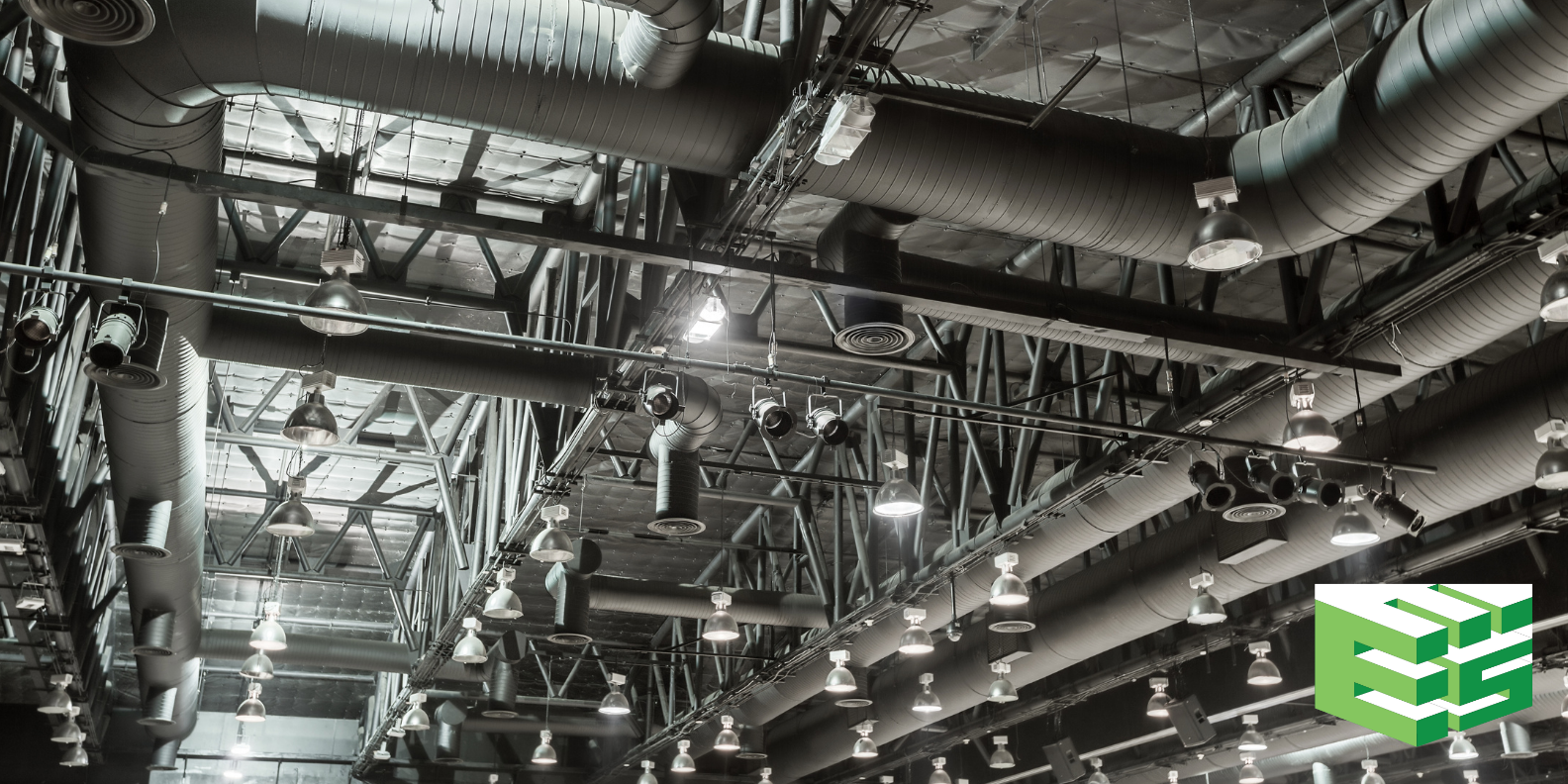 As the pandemic continues to wreak devastation, companies are searching for ways to ensure workers’ safety on the job. EES’ up-to-date expertise with building management systems has been put to good use in creating safer indoor working environments.
As the pandemic continues to wreak devastation, companies are searching for ways to ensure workers’ safety on the job. EES’ up-to-date expertise with building management systems has been put to good use in creating safer indoor working environments.
With the discovery that the COVID-19 pathogen is transmitted via airborne droplets, much attention has recently been focused on how to prevent its transmission through HVAC and other air handling systems. As building management system (BMS) experts, EES has been contracted by several large facilities to conduct audits and remediation.
Tenants of large commercial properties frequently contact EES to ask about basic HVAC and BMS properties for their systems, such as fresh air flow rates, filtration, and air changes with the goals of ensuring worker safety and increasing productivity during the pandemic.
Point-of-Use Air Conditioning Systems
In buildings that use point-of-use conditioning systems, such as a variable refrigerant flow (VRF) system, each room or group of rooms needs its own filtration, taking the air from the room, filtering and conditioning it, and sending it back with about 15% fresh air mixed in. Because there is not one central air handler, each separate conditioning system must be upgraded to protect the occupants of the space.
In a large facility outfitted with dozens or hundreds of point-of-use systems, adding UV and filtration units to each system can be quite costly. One way to help mitigate the cost is to install ionization to the fresh air supply only, thereby gaining some benefit from the ions traveling through the system to the offices and killing pathogens where they meet. Although there is a cost savings to this method, it is not as effective as using UV and ionization in the total airstream.
Central Air Conditioning Systems
In a traditional commercial building, all the air is supplied by a central air conditioning system, and it is often straightforward to increase the filtration of the recirculated portion of the air returning to the space, as well as adding UV treatment and ionization.
Filtration
Adding better air filtration can help trap pathogens before they reach conditioned spaces. Commercial air filters are categorized using the industry association ASHRAE’s minimum efficiency reporting value (MERV) 1-16 rating system, with higher values trapping more particles. A MERV 13 rating is the minimum that can efficiently remove virus particles from the airflow.
Increasing the filtration number to MERV 13 or higher means the filter is less porous which consequently lowers the amount of airflow passing through it. This can create problems, especially in systems designed with just enough capacity at MERV 8; they might not be able to deliver enough airflow with a MERV 13 filter. The solution is to install stronger fans to compensate, but there are some cases where the central system might not be built in a way that can accommodate these changes.
Lost Energy Savings
Most BMS airside energy saving programs lower costs by delivering the minimum amount of air with the minimum amount of fresh air blended in. Most energy savings strategies go out the window, so to speak, when you increase filtration and the percentage of fresh air, which is an added cost for businesses to bear during these unprecedented times.
Project Profile – Large Office Facility with Centralized Air Conditioning System
A property management firm recently asked EES to consult on several BMS COVID mitigation initiatives at a large facility with a centralized air conditioning system. The client’s first priority was to change the filtration in the air handling system from MERV 8 to MERV 13. The client also wanted to increase the amount of fresh air coming into the system and proportionally decrease the amount of recirculated air. As an additional safeguard, UV lights were added to the HVAC system to kill microbes in the recirculated air. Finally, the system will continue to run during off-hours in order to further clean and refresh the system while the building is empty.
For more information on BMS audits or remediation, please contact us.


